Buyer's Bible: Power Racks
If you're in the market for a new power rack but you're not to sure where to start, then you've come to the right place!
This buyer's guide will navigate you through all things power cages including product recommendations matched to your individual needs!
RACK ANATOMY
First things first, you need to understand each of the foundational components to your squat rack. As you can see from the diagram below most our racks, rigs and cages will feature uprights, a lifting area, j-hooks, spotter arms, and a base. Majority will also include some sort of pull up bar for added variety.

TYPES OF RACKS, RIGS AND CAGES
POWER RACKS / CAGES
Power racks are the biggest and baddest lifting system available.
 Easily identifiable by their four upright posts, these racks are often referred to as 'cages', as they are designed for lifting inside the four pillars. Their broad inside space accommodates to some powerful barbells movements, including bench press, squats and rack pulls.
Easily identifiable by their four upright posts, these racks are often referred to as 'cages', as they are designed for lifting inside the four pillars. Their broad inside space accommodates to some powerful barbells movements, including bench press, squats and rack pulls.
Another unique feature of power cages are their adjustable, horizontal safety arms. Unlike other racks, the spotter arms on a power cage go the entire length of the lifting area. This makes them impossible to miss if you need to bail on a rep, providing maximum safety and confidence when striving for a new personal best or when you're training to failure.
The safety arms can easily be moved up or down to meet the demands of the exercise, allowing you to train without a spotter.
BENEFITS
-
Strength: top-range power racks are able to handle more weight than any other lifting system.
-
Stability: the four post system prevents these racks from toppling over, even when you're using super heavy weights. You'll also be able to bolt most power racks into the floor for additional steadiness.
-
Adaptable: most power racks will have the ability to incorporate additional attachments. This not only offers greater exercise variety but also provides a simple solution for adding more to your gym space without taking up additional room.
- Safety: power racks are by far the safest set-up to use when training solo. The horizontal support beams are secured to all upright posts for maximum security.
HALF RACK

A half rack is probably the most recognisable of the bunch. Constructed with two to four upright posts and supported by a sturdy metal base, this lifting system is almost like cutting your power cage in half.
Half racks are still built with spotter arms, only you don't lift inside an enclosed cage. Instead, the safety arms extend out from the upright pillars into an open space.
They also include a horizontal beam, or pull up bar, connected to the tops of your front upright posts.
Half racks offer enough support and stability to cater to all lifting levels. However, if you don't bolt them into the floor and/or wall whilst moving heavy loads they do impose a greater risk of toppling over or shifting during racking and un-racking.
BENEFITS
-
Space: half racks are more accommodating to certain exercises, such as overhead presses, as there are no top beams that can get in the way. They are also smaller in size compared to your power rack, which may mean they are a better option if you're working with a smaller space.
- Exercise variety: much like your cage, a lot of half racks will be compatible with multiple attachments. This allows you to expand your exercise routine to more than just barbell movements, helping you to achieve a well-rounded training program.
SQUAT RACKS AND STANDS

Squat racks and squat stands are your most basic set-ups. They follow a similar construction to your half rack, only they are built with two upright posts connected by a three beam base.
Most squat stands don't include a pull up bar, and they aren't compatible with as many attachments due to not having the stability to support them.
BENEFITS
-
Portable: squat stands are much smaller and lighter compared to power cages and half racks. This makes them much easier to move around and reposition within your fitness space.
- Price: because they are the most simplistic model, squat stands are the lowest in price, providing a wallet-friendly option for anyone kitting-out their home gym.
WALL MOUNTED RIGS

You can probably guess where these bad boys are designed to go... that's right, balls to the wall baby! Wall mounted rigs are super space savers, just secure them to the wall and you've eliminated the need for any back or base beams.
They offer all the same benefits to your other racks or cages, only they take up half the room!
BENEFITS
- Size, strength & stability.
SMITH MACHINES
Some people may think that smith machines have no place in a power rack buyer's guide, but considering there probably is very little you cannot do on a smith compared to a free weight lifting station, we are putting them in!
Smith machines look fairly similar to a half rack or squat stand only that the

barbell is fixed to the vertical posts. This means you can only move the bar up and down for vertical movements.
They are an excellent way for beginner lifters to learn the correct movement patterns for more complicated exercises such as squats and deadlifts.
Smith machines also include adjustable safety catchers (similar to safety arms) that control how far down the barbell can go, which is an awesome feature for any lone-trainer.
BENEFITS
- Beginner friendly, safe.
THINGS TO CONSIDER
HOW MUCH SPACE DO YOU HAVE?
This is the first hurdle everyone battles when building a home gym. When working with limited space it's important to ALWAYS choose quality over quantity.
Sure, you might be able to fit a squat stand and a treadmill in a smaller room. However, if you're a seasoned lifter who works with big weights 5 - 6 times per week, and does cardio maybe once a month, then have you really invested your money wisely when you've got a dusty cardio machine tucked away in the corner and an overworked squat stand that doesn't support your capabilities? No.
Something else you need to consider is the length of your barbell. All our racks and cages are designed to be used with a 7ft Olympic barbell. For this reason, we recommend leaving at least 30cm clearance on either side of your rack to make moving plates on and off the bar a hell of a lot easier.

THE HEAVY LIFTERS:
For our advanced lifters we will always recommend a power rack or half rack. They may take up a large portion of your gym, but if you're going to be using it almost every day then it is worth it.
There are a few squat racks that can support heavy loads, like the Body Iron SQR 60. However, they should always be bolted into the floor if you're working with weights that are close to their maximum capacity.
Another great alternative are wall mounted rigs. There are plenty of options available that are capable of handling some serious weight whilst saving you a ton of space.
THE NEWBIES:
If you're new to weight lifting or only work with lighter weights then you're probably best off with a squat rack, squat stand or smith machine. They aren't going to take up as much room, allowing you to fit more equipment into your gym space.
If you have got a bit more room to work with, then we would recommend a squat rack or smith machine. They'll allow you to do a heap more exercises plus they will be able to support you further through your fitness journey.
If you are trying to squeeze stuff in then a squat stand will do just fine. They will also be easier to move around if you need to store it away when not in use.
WHAT EXERCISES WILL YOU BE DOING?
Something most people don't really think about when purchasing a new rack or cage are the numbered increments, or the number of holes, in the uprights.

Put simply, more holes equals more control. This is because you'll be able to adjust your j-hooks and/or spotter arms into a position that is better for you and the exercise you're performing.
Think about squats for example. You want to be able to lift the barbell into a starting position that doesn't compromise your form from the get go. The greater the number of increments, the greater the likelihood this can happen.
If you're going to be doing a variety of exercises that test the capabilities of your strength, then its always best to have more increments to ensure you can get the best starting position.
HOW HEAVY DO YOU PLAN TO LIFT?
This is where weight capacity comes into the mix. You should always purchase a lifting system that can not only handle your current capabilities, but one that will also be able to support your future strength.
If you're already benching 100kg then you would be silly to buy a rack that can only handle that amount of weight, otherwise how would you ever progress?
You should always opt for a rack that exceeds the amount of weight you predict you'll be moving, however, there is no need to go overboard.
If you're at a stage where you can only squat with the barbell, then you probably don't need to buy a commercial power cage that can hold up to 500kg. Save yourself some cash and seek out a rack that is better suited to your current and future self.
HOW OFTEN DO YOU PLAN TO LIFT?
Things become a little more technical here. If you're moving iron most days you need a rack that is going to last. So, you need to be thinking about the construction, quality and materials of your set up.
CONSTRUCTION:
Materials
Our racks and cages are all built from solid steel, however, some are thicker than others. It's not too hard to infer that the thicker the steel, the stronger the rack.
For home gym users, 12-14 gauge steel is substantial enough to handle some pretty heavy weights for extended periods of time.
Anything higher than 14 gauge will save you a few bucks, but isn't the greatest for holding big loads (even if they have the capacity to do so). Thinner frames should be used with lower weights to enhance their longevity.
Welding

Side by side with the steel, you should always check the welding of your rack. The welded joints tend to be the weakest point of any lifting system, so it's important to make sure they are secure before purchasing.
Finish
If you're checking out the specifications you'll also notice our racks all come with a powder coated finish. Whilst this is a little bit more expensive, it is much more resistant to wear and tear, extending the life line of your lifting set up.
Home vs commercial grade
The most obvious difference is in their quality. Like most things, if you're building it for commercial use then it's going to be tougher, larger and have a longer life expectancy.
Commercial racks can certainly be used at home, and for advanced athletes they should be. These beasts are made for constant, heavy duty use, perfect for strong lifters. What may be a drawback is that they tend to take up a lot of space, and will definitely leave a larger dent in the bank.
DO YOU PLAN TO USE ATTACHMENTS?
You're most basic lifting systems will most likely come with j-hooks, spotter arms, and/or a pull up bar. But have you thought about what else you might like it to do?
There are a TON of additional attachments that can be secured to a rack or cage, expanding the variety and intensity of your home workouts.

Extras such as dip bars and lat pull downs are awesome for targeting your upper body, helping you to hit pesky muscles like your triceps, which can often be a tough muscle group to isolate.
Other attachments such as band pegs give you another way to keep adding progressive overload to your training. This can be extremely helpful, especially when adding additional weight plates is a bit too much.
When shopping for these extras it's important to match the tube size of attachment to the hole size of the rack so you know they'll fit.
IS IT COMPATIBLE WITH YOUR OTHER EQUIPMENT?
Most people who are buying a rack want to use it for a range of different exercises, some of which may require additional equipment.
For example, if you're buying a new rack because you want to advance your bench press, then its crucial your bench actually fits into the lifting space.
You should also double check that space between the spotter arms matches the length of your barbell. As previously mentioned all our racks and rigs are designed for use with a 7ft bar.
OUR RECOMMENDATIONS
Do any of the below descriptions sound like you? If so, here are our top rack recommendations for your goals and needs!
THE HEAVY LIFTER
You've dominated the local gym and now it's time to build your own fitness space. You can move some seriously heavy loads, and you secretly have the desire to look like Arnie. You're purpose for weight lifting is to build strength, muscle size, and to keep moving up on that one rep max!
Suggestion: Body Iron Studio PR700 Power Rack
or
Body Iron CX44 Compact Power Rack
THE GO-GETTER

You like to switch things up, dipping your toes in a bit of strength, cardio and functional training. It's important that you have variety in your workouts and can really get the most out of your equipment. You do prefer to dabble a little more in the weights, with the ability to lift fairly heavy.
Suggestion: Body Iron Power Cage System MC350
THE GARAGE GYMER
For you, a garage gym has to be functional, efficient, and packed with purposeful equipment. Every piece needs to earn its spot. You prioritise weight training as the foundation of your workouts, but you also love the versatility of mixing in bodyweight movements, pull-ups, and cable-based exercises.
Suggestion: Body Iron SRL995 Squat Rack with Lat Pulldown & Seated Row
THE NEWBIE
You're new to the lifting game, and you're eager to reap its benefits. Your current focus is on learning the correct form and technique, not shifting extreme loads. Once you've nailed the movement patterns, you're keen to start stacking on some more plates, but for now, we are keeping things safe and simple.
Suggestion: Body Iron Smith Machine Half Rack
We hope you found this squat rack buyer's guide helpful! If you require any further assistance please do not hesitate to reach out to our friendly and knowledgable team!




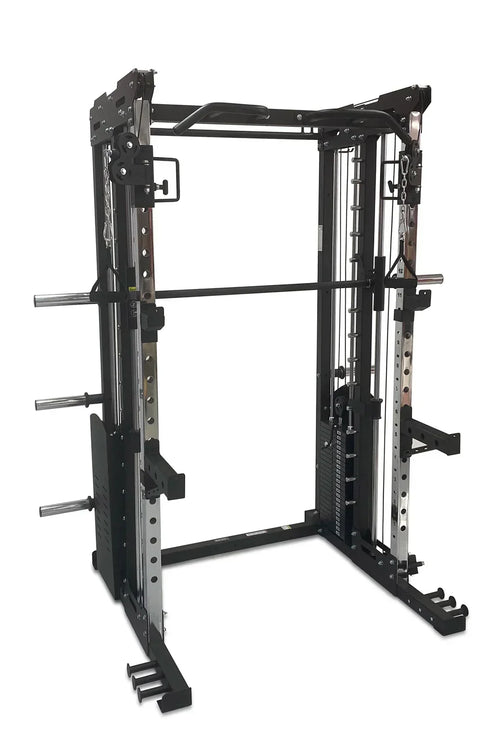
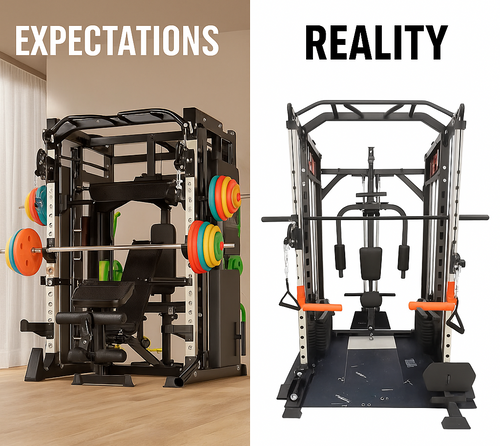
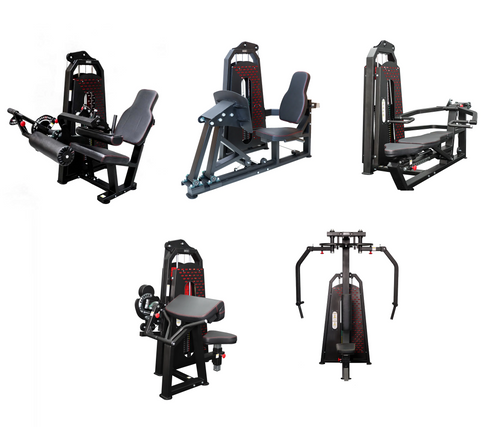
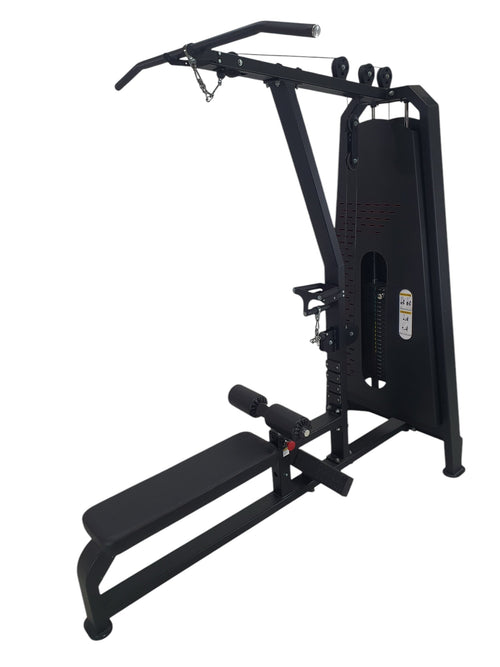
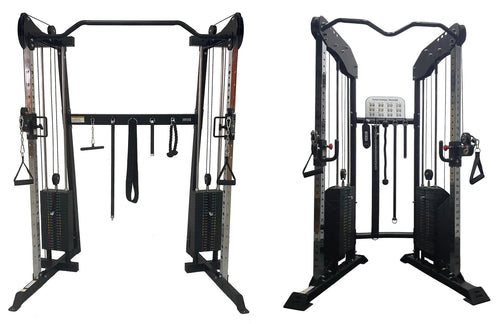
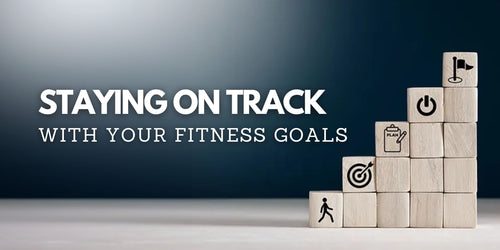
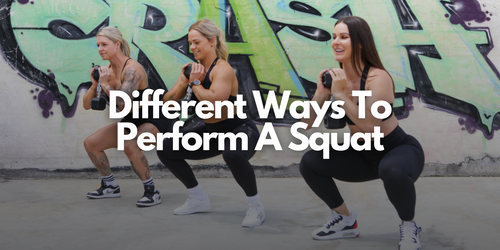

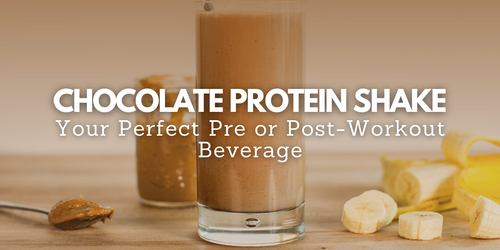
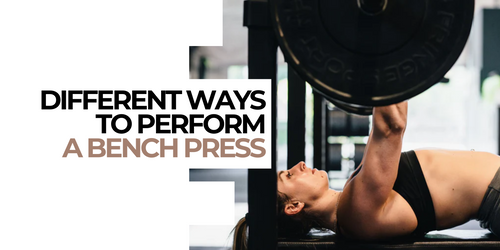
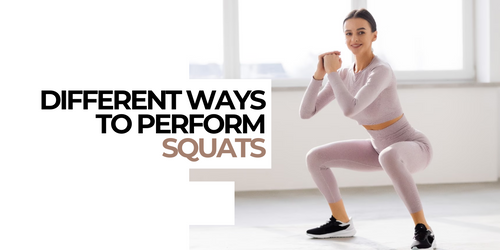
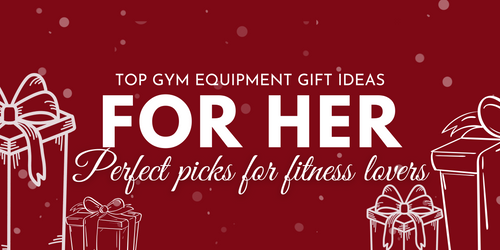
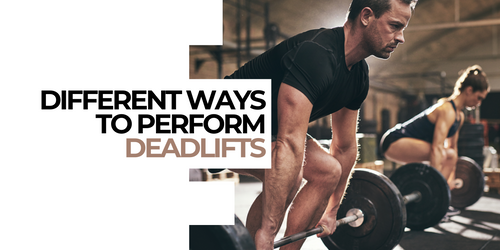
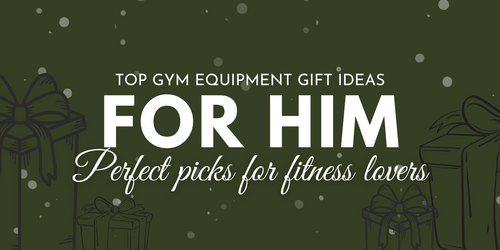
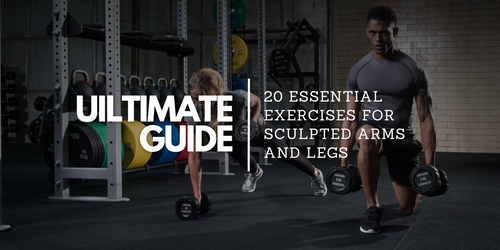

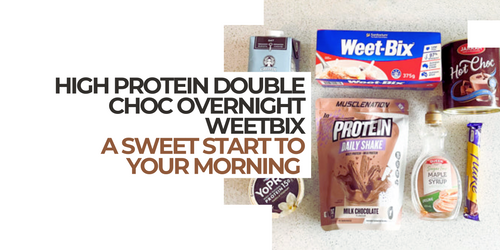
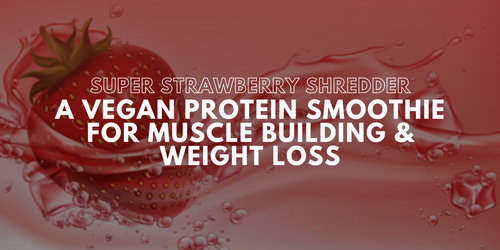

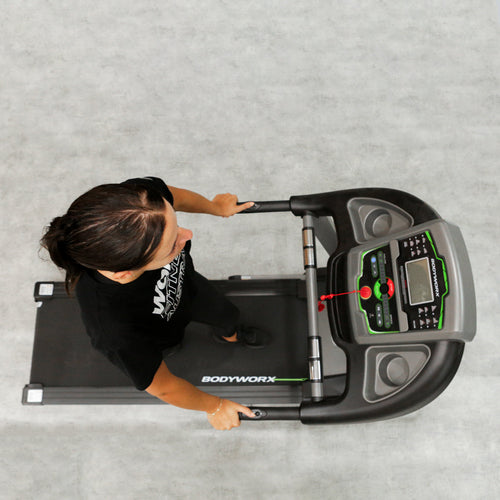
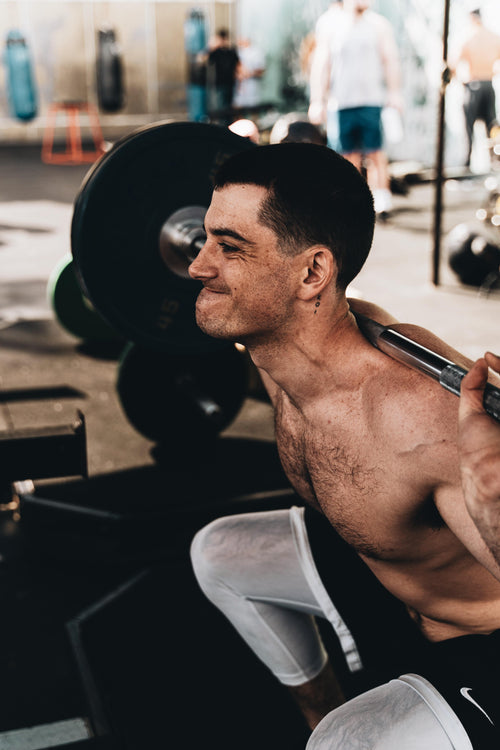
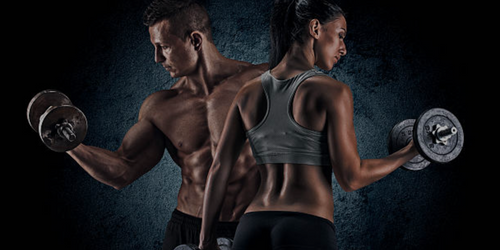
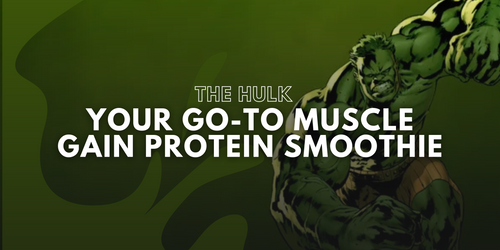
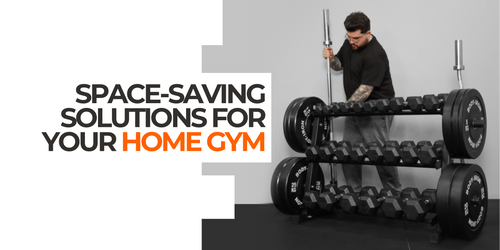
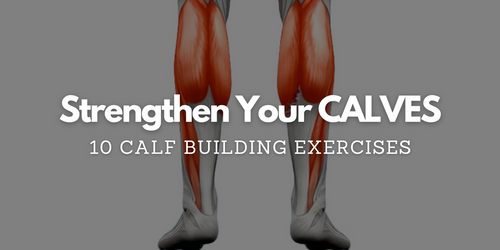
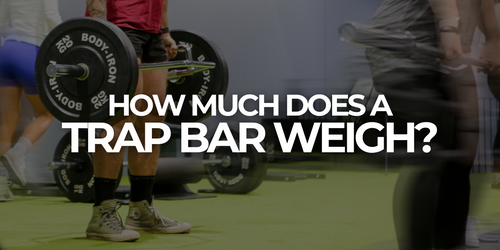
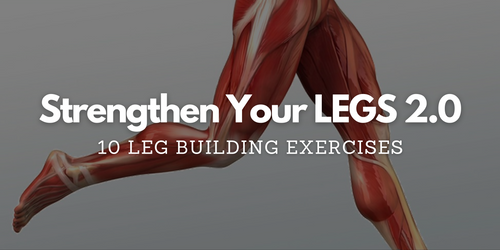
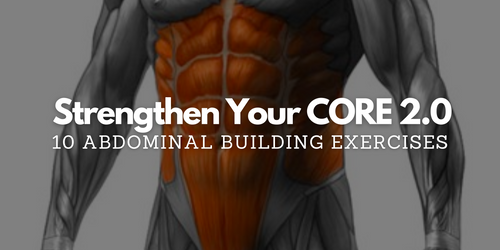
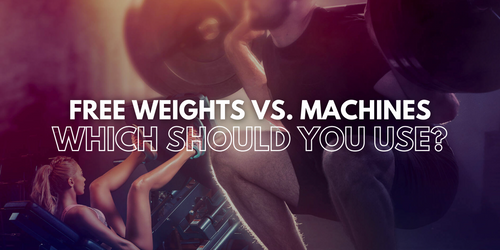
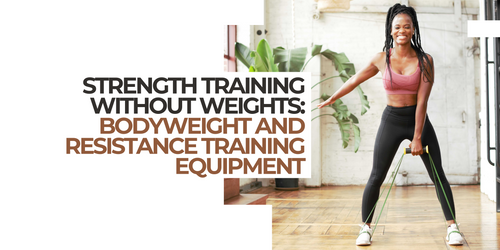
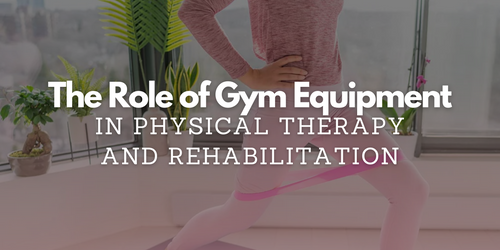
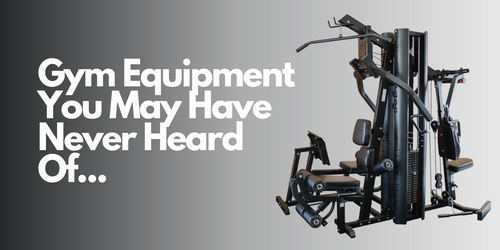
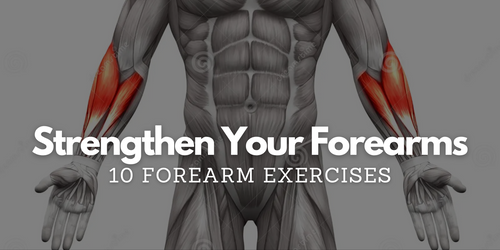
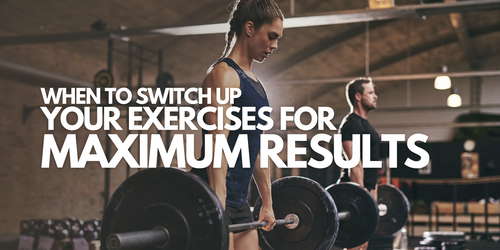
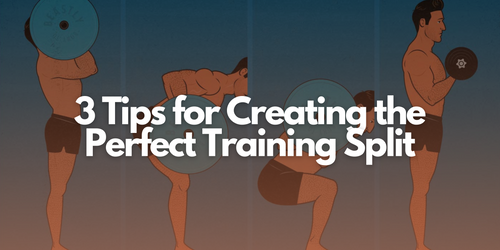

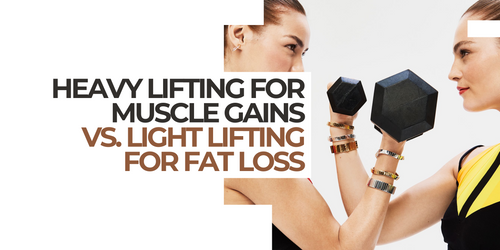
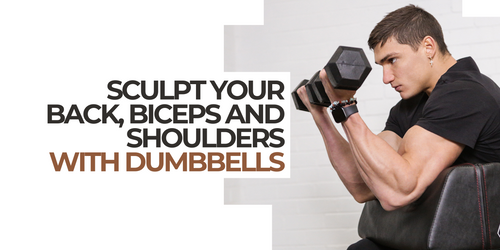
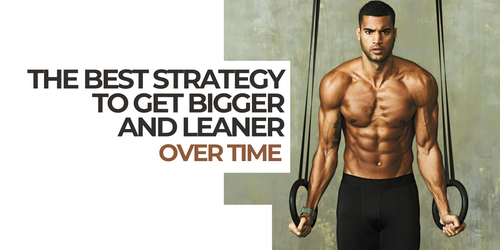
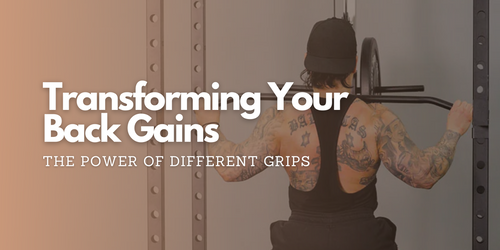
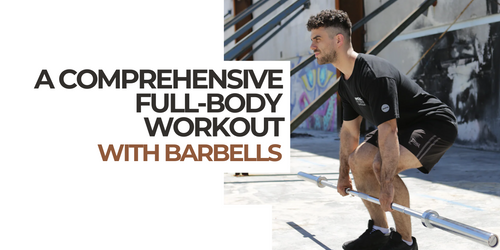
Leave a comment